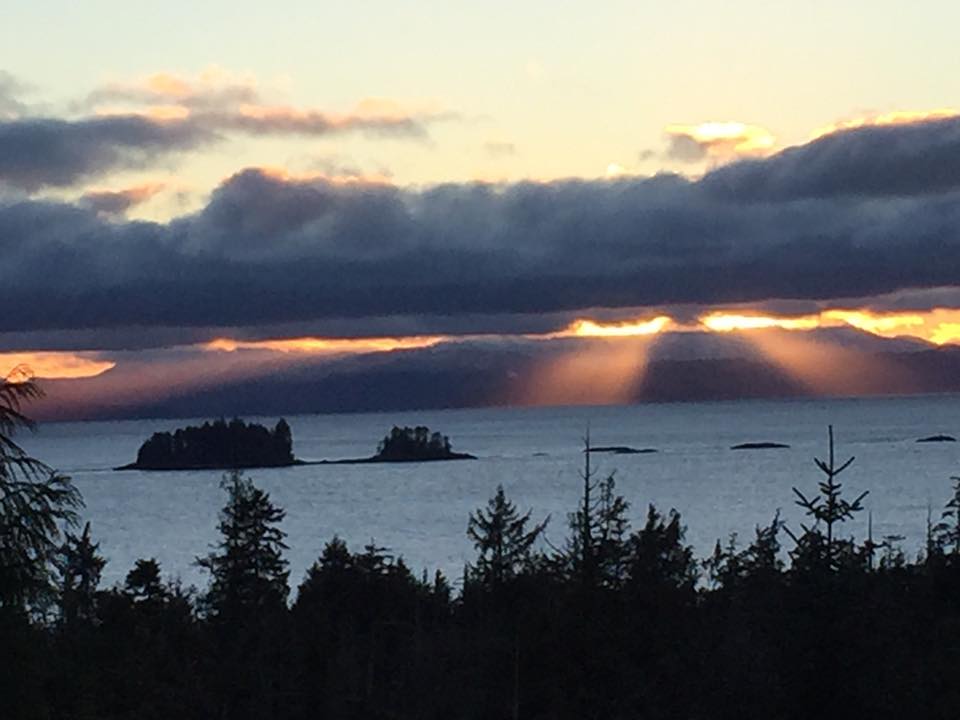Tours
Ketchikan History
Ketchikan, Alaska started out as a salmon cannery along the banks of the Ketchikan creek. It is located on the western coast of Revillagegato Island, and was built on a steep hillside with sections built on pilings right over the water.
By 1900, it had a population of around 800 and was officially incorporated. Soon after, mining started around the area and Ketchikan became an important trading community.
At that time creek street was the majority of Ketchikan. In 1923, Front Street was paved, being the first paved road in Alaska.
Despite the mining decline the fishing and timber industry’s began to commence.
In 1953 the Ketchikan Pulp mill opened, insuring jobs not only in town, but also in the neighboring woods.
Ketchikan Today
Today the logging industry has nearly disappeared and Ketchikan is focusing on tourism and commercial fishing.
Ketchikan is still known as the salmon capitol of the world.
It has a population of around 14,500. But over the summer there are almost a million tourists that come to visit and enjoy some of our many summer activities.
Ketchikan is the gateway to the Tongass National Rainforest, which is the largest rainforest in the United States.
The average rainfall often exceeds 13 feet.
It is also home to the world’s largest collection of totem poles.
